Electric cars, often lauded as the vanguard of sustainable transportation, glide silently on our roads, promising a future with reduced carbon emissions. But beneath the hood of this eco-friendly promise lie complexities that many overlook. From the depths of mines to the vast infrastructures of power, the journey of electric vehicles is intertwined with hidden environmental impacts.
Contents
Battery Production
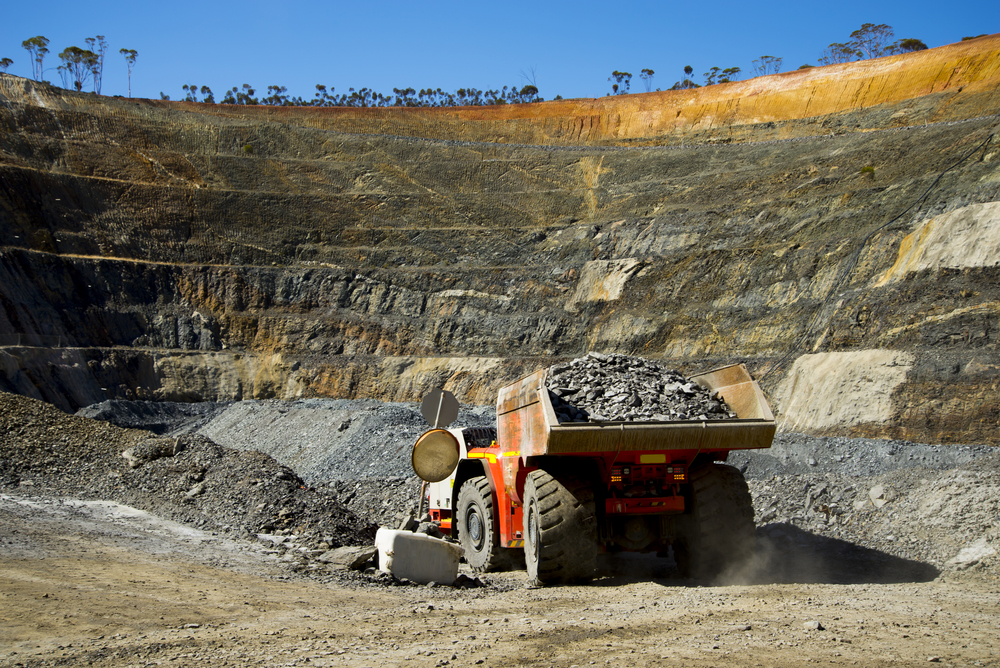
The production of lithium-ion batteries, the most common type used in EVs, has significant environmental implications. Mining the necessary minerals, such as lithium, cobalt, and nickel, often results in habitat destruction and soil pollution. Moreover, the processing of these minerals can lead to water pollution and contribute to CO2 emissions.
Rare Earth Element Extraction
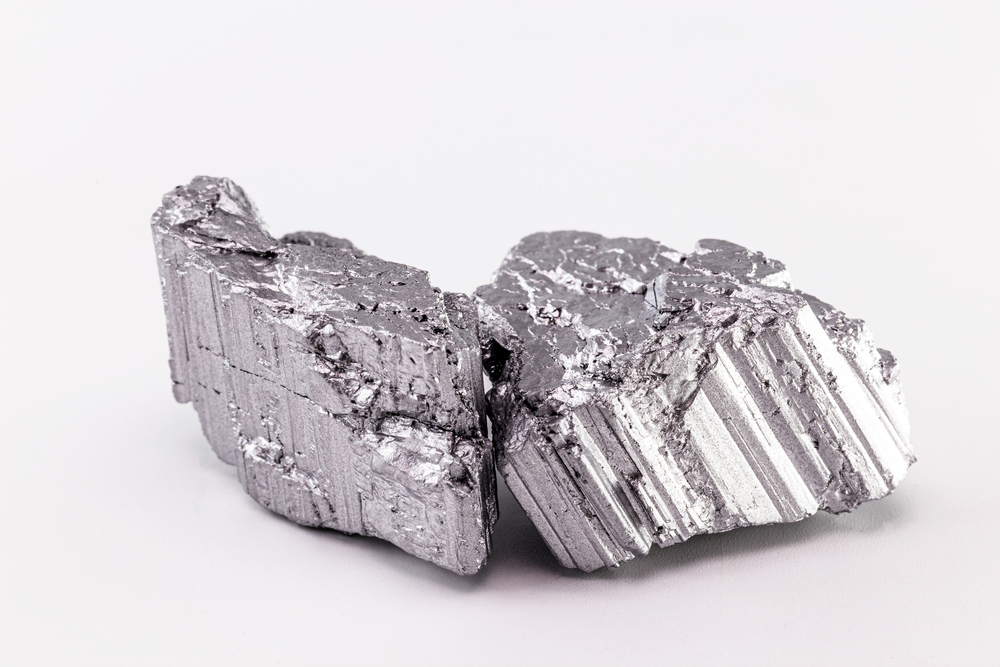
Electric vehicles and their batteries utilize rare earth elements like neodymium and dysprosium. Extracting these elements is energy-intensive and can result in radioactive waste, soil erosion, and water contamination.
Electricity Source
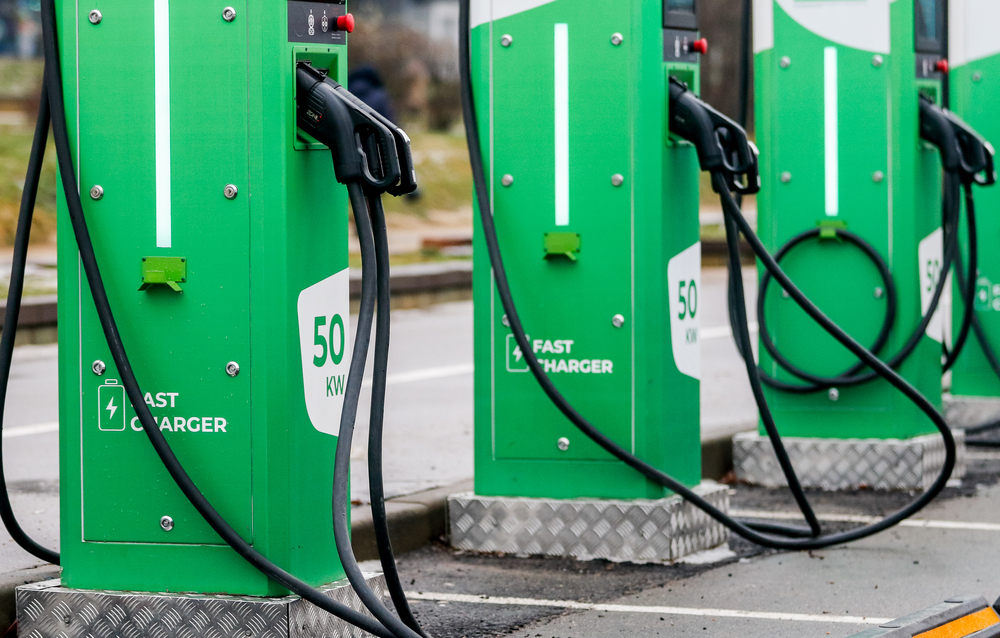
The environmental benefits of EVs are limited by the source of their electricity. If the electricity used to charge an EV comes from fossil fuels, then the carbon footprint of that EV is higher. Only when the majority of electricity comes from renewable sources will EVs realize their full green potential.
Battery Disposal and Recycling

End-of-life battery disposal can pose environmental challenges. While recycling methods are being developed, the process is not yet widespread or entirely eco-friendly, potentially leading to harmful waste.
Tire Wear Microplastics
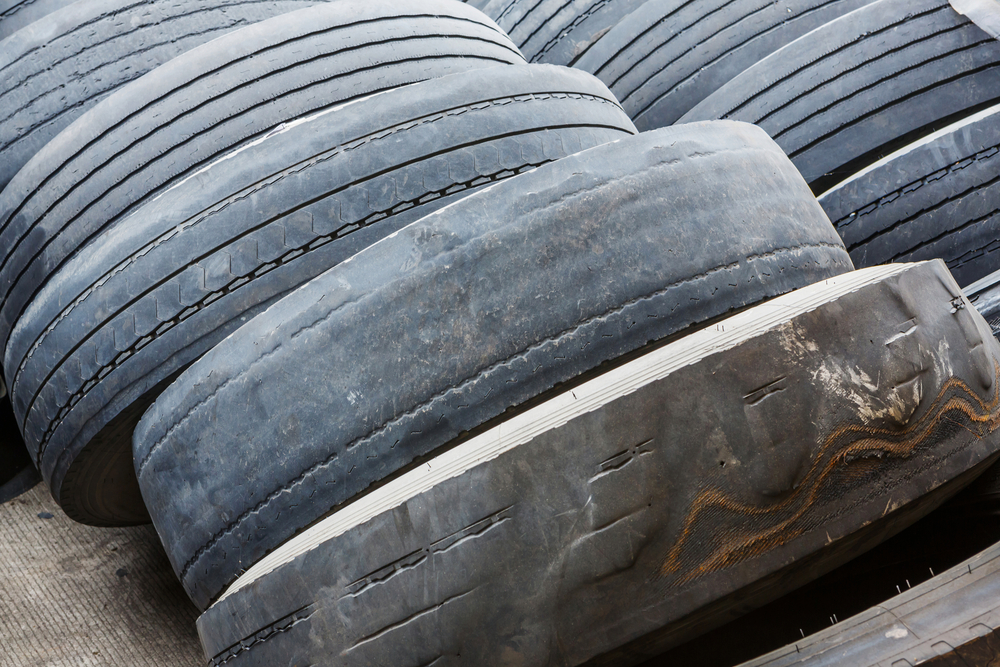
EVs are generally heavier than their combustion-engine counterparts because of their batteries. This additional weight can lead to increased tire wear, producing microplastics that can enter and pollute waterways.
E-Waste

Beyond the battery, EVs, with their sophisticated electronics, can contribute to the growing e-waste problem if not appropriately disposed of or recycled.
Water Usage

Battery production, especially lithium extraction, can be water-intensive. In regions where water is already scarce, extensive battery production could exacerbate local water crises.
Supply Chain Emissions

The global supply chain for EV components can be carbon-intensive, from shipping parts to assembling the vehicles. While this is true for all vehicles, the global hunt for battery materials accentuates this for EVs.
Land Use and Biodiversity
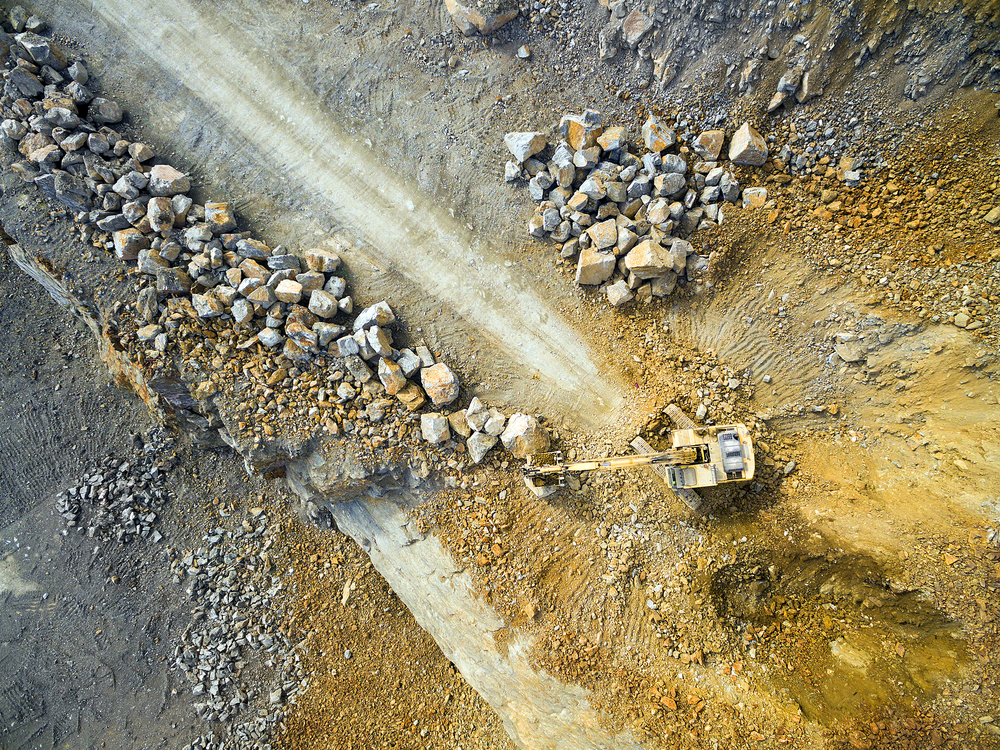
Mining activities for battery materials can lead to deforestation and habitat destruction. As demand for these minerals grows, there could be significant biodiversity losses if sustainable mining practices are not implemented.
Dependence on Non-renewable Resources
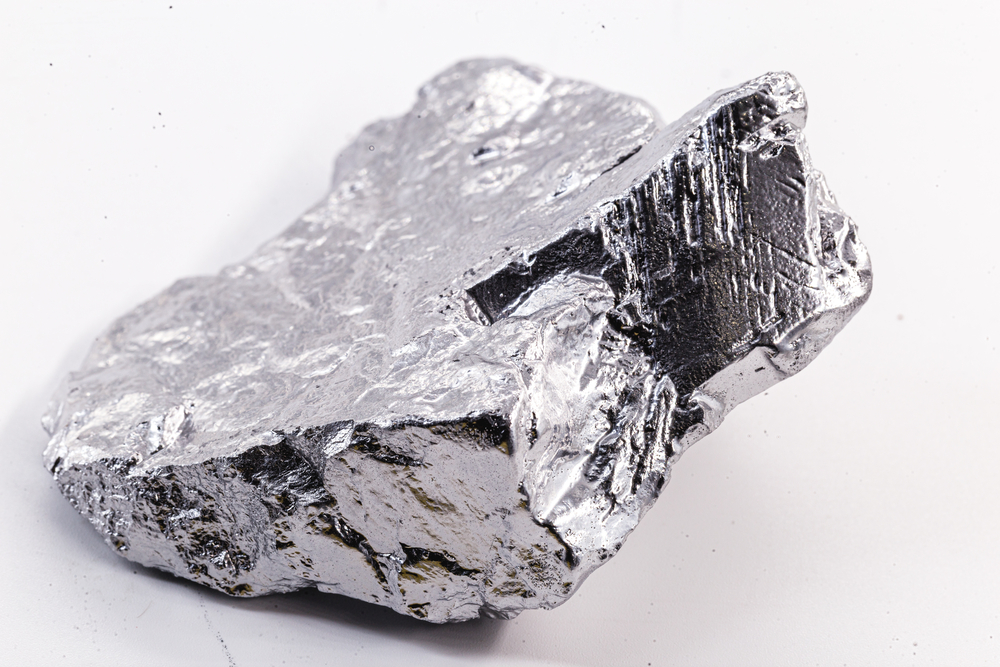
While EVs reduce dependence on oil, they increase reliance on other non-renewable resources required for batteries. Over-dependence on any non-renewable resource can lead to geopolitical tensions and potential supply shortages.
This article originally appeared on MyCarMakesNoise.
More from MyCarMakesNoise
The Superiority of Hybrids Compared to Electric Vehicles

While the allure of fully electric vehicles (EVs) is undeniably captivating, there’s a compelling case to be made for the superiority of hybrids in today’s world. Read More.
The Most Extraordinary Motorcycle World Records

Whether they’ve ridden their motorcycles faster, further, or more audaciously than anyone else, these mavericks have truly etched their names into motorcycling lore. Read More.
Top American Muscle Cars for Drag Racing

In this exploration, we’ll spotlight the American muscle cars that have become legends on the drag strip, looking under the hood of each one to uncover what makes them the beasts they truly are. Read More.














